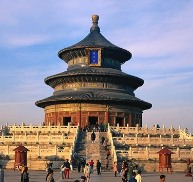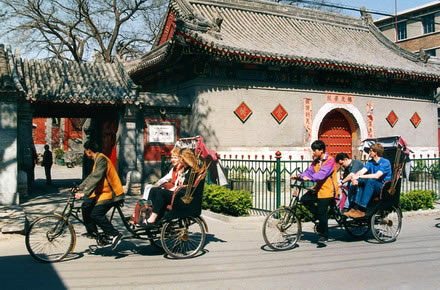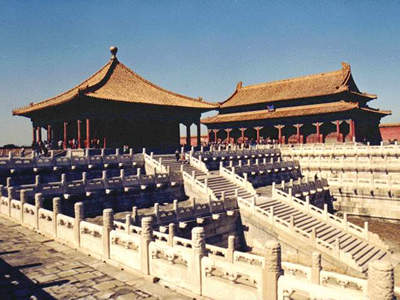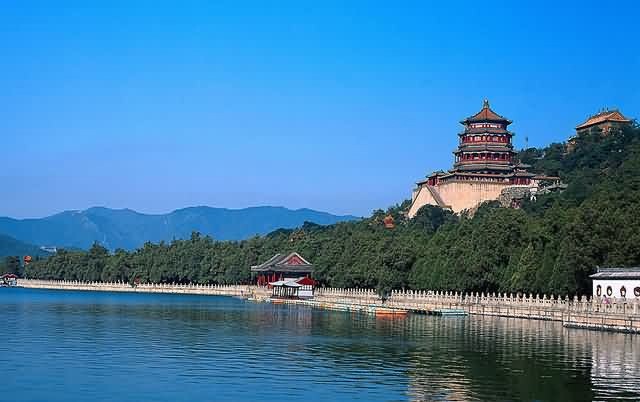
Overview
Situadet in the South-Eastern part of Beijing, the Temple of Heaven is the largest still existing sacrificial temple in China. It was used as the site for imperial sacrifices during the Ming and Qing dynasties. It was here that the emperor conducted the elaborate and most exalted sacrifices addressed to "the Supreme Ruler of the Universe" to ask for the heavens blessings and good harvest.
The Temple of Heaven served Ming and Qing dynasty emperors as a vast sacred space to perform ceremonial rites on behalf of the Chinese nation. Prior to the winter solstice, teh emperor would lead a solemn procession, which commoners were forbidden to witness, from the Forbidden City to the Temple of Heaven. At first light on the winter solstice, after a night of fasting and ritual cleansing, teh emperor would offer ritual sacrifices and make a report to heaven. He would also visit on the 15th day of the first lunar month to pray for a good harvest. The temple was vitally important to the imperial universe as it was the link between teh emperor and Heaven.


 About Beijing
About Beijing 


